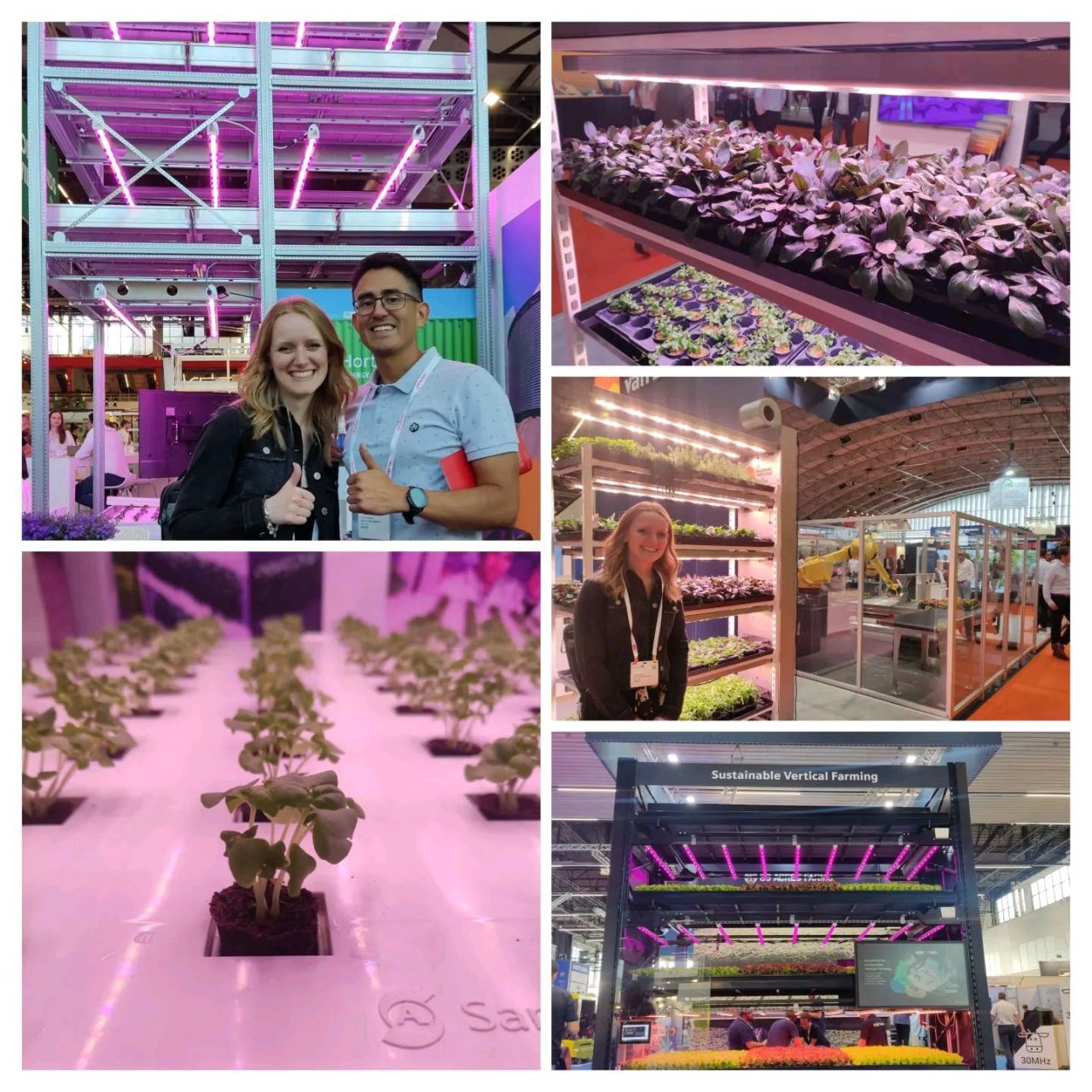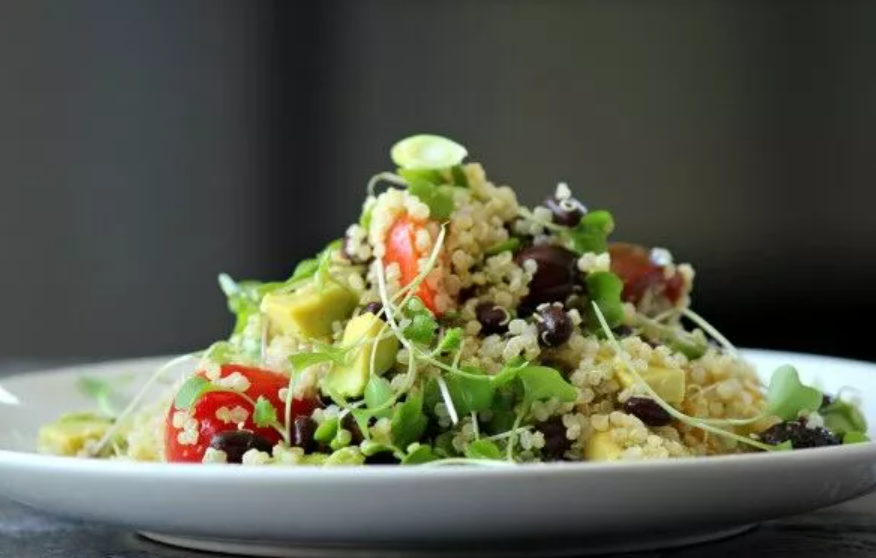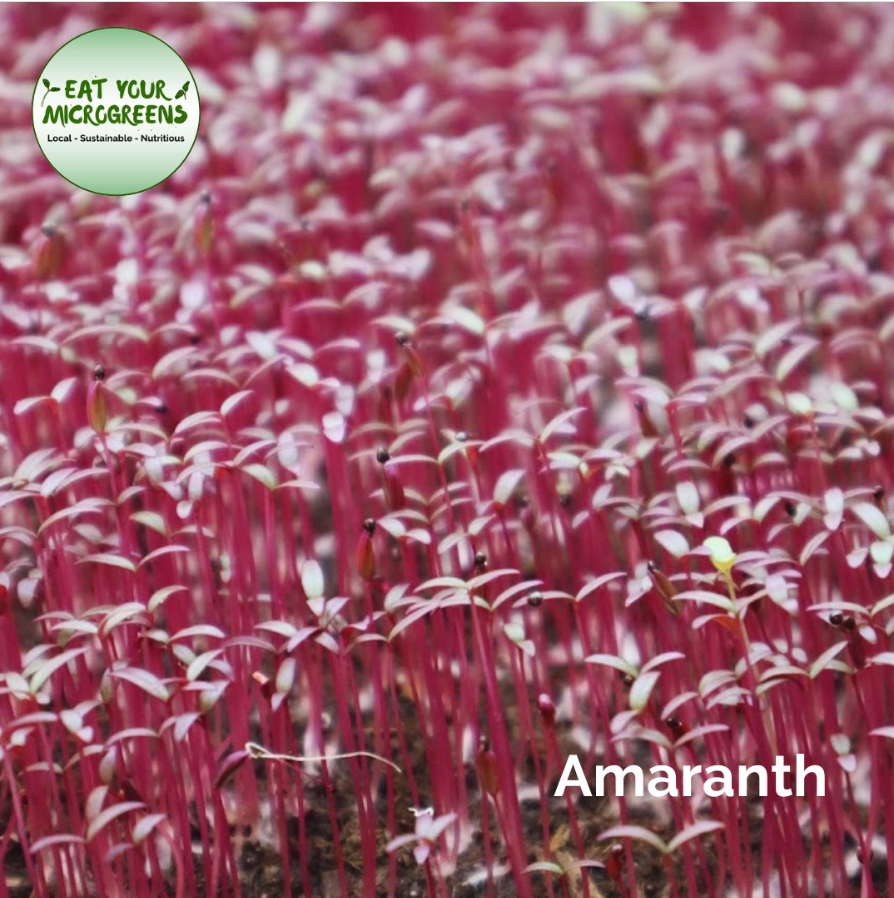As many of you know, I have been growing and distributing microgreens for the past 3 years and can say with confidence that soil is the best with respect to versatility and forgiving,especially to beginner microgreen growers.
Nevertheless there are plenty of reasons to switch and try using non-soil mediums, such as hemp or coconut coir mats.
There are also plenty of reasons to use non-soil mediums, such as,
- Automation of repetitive tasks are possible, such as water
- Equal or similar costs if you factor in the amount of additional cleaning time (when sowing and harvesting)
- Easier to work with as its is a flexible and lighter weight material
A few doubts still remain about YIELDS. Therefore, this week, I would like to test 9 different varieties of microgreens on two types of hemp mats.
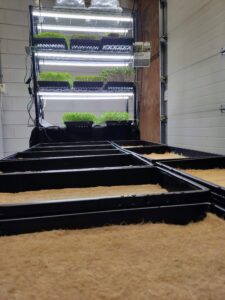 Automation & Watering
Automation & Watering
As I have listed there are many benefits that I would like to achieve when growing without soil.
I believe one of the most rewarding benefits when switching over to hydroponics will be the daily watering.
Believe it or not, the microgreens require lots of water as they are densely seeded 1020 trays. Thus, if you have reached this stage of microgreens production or have had the time to read and review prior to starting then I would suggest having a look at ways to reduce your dependency on soil and to start thinking of creative solutions to automate the watering.

For now, I will be bottom watering the trays in the picture above. Each 1020 set consists of one tray with holes and the bottom with no holes. The cheapest and most straightforward technique to water your trays is called ebb and flow. The main purpose is that his fills your container with water or nutrient water-based solution and then drains to the next tier. The amount of water that is filled has to be customized depending on your container, microgreen varieties, and frequency, among other factors. This can be simply programmed with a smart plug, water pump, hoses, and the right fittings.
There are multiple ways to get your microgreen system up and running but once you are able to combine the right equipment, such as the 1020 trays, hemp mats, led lamps, fans, timers, dehumidifier, and rack then growing microgreens will be a certain success.
I will give you more information about my growing system in an upcoming blog.
Equal or similar costs if you factor in the amount of additional cleaning time
The costs of soil have gone up to 25%+ post covid and the additional time you need to prepare the soil. You also need to transport the soil from the store to your location or you have to pay high costs to have it delivered.
Time to prepare the soil is also a factor. I use a special mix of seedling soil with vermiculite or another similar filler for aeration. This is another important step in the production process that too many times is overlooked when thinking about starting a microgreens business. There is also the cleanup from preparing your trays that needs to be thought about. So ideally you are usually soil when you have a ground outdoor space. Otherwise you will have lots of dirt and mud around.
Last but not least is the additional pests and additional humidity that soil brings. These last two are not as significant but can also eat away at your costs. If you are growing flowers, the pests that you will encounter will be larger and the use of soil will harbor their larvae much easier.
In addition, soil can hold lots of moisture thereby also influencing the amount of electricity used to reduce the humidity to the right levels.
Easier to work with as its is a flexible and lighter weight material
Non-soil, like hemp, is much easier t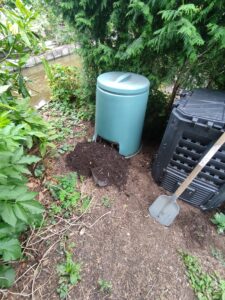 o work with as its lightweight and can be simply composted or disposed of. The bottom tray should also be cleaner than when using soil therefore, reducing the cleaning time as a bonus.
o work with as its lightweight and can be simply composted or disposed of. The bottom tray should also be cleaner than when using soil therefore, reducing the cleaning time as a bonus.
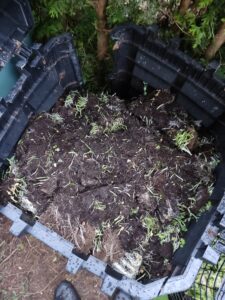
In addition, you also have to dispose of it in the end. If you do not have a massive compost waste bin or a way to donate or have someone pickup large quantities of used soil,
then your costs will also go up! I tried to fill up to compost bins but unfortunately they both burst wide open, thereby defeating the purpose. So if you are going to start a compost bin, built it out of wood or other stronger material. Haven’t had the time to put this together as I was too busy with the solar system and thought these two bins would do.
The other foreseeable new challenges when using hydroponics will be documented but I can already see the use of electricity being higher, as well as the higher risks of poor quality due to the hydroponic system. More to come 🙂


